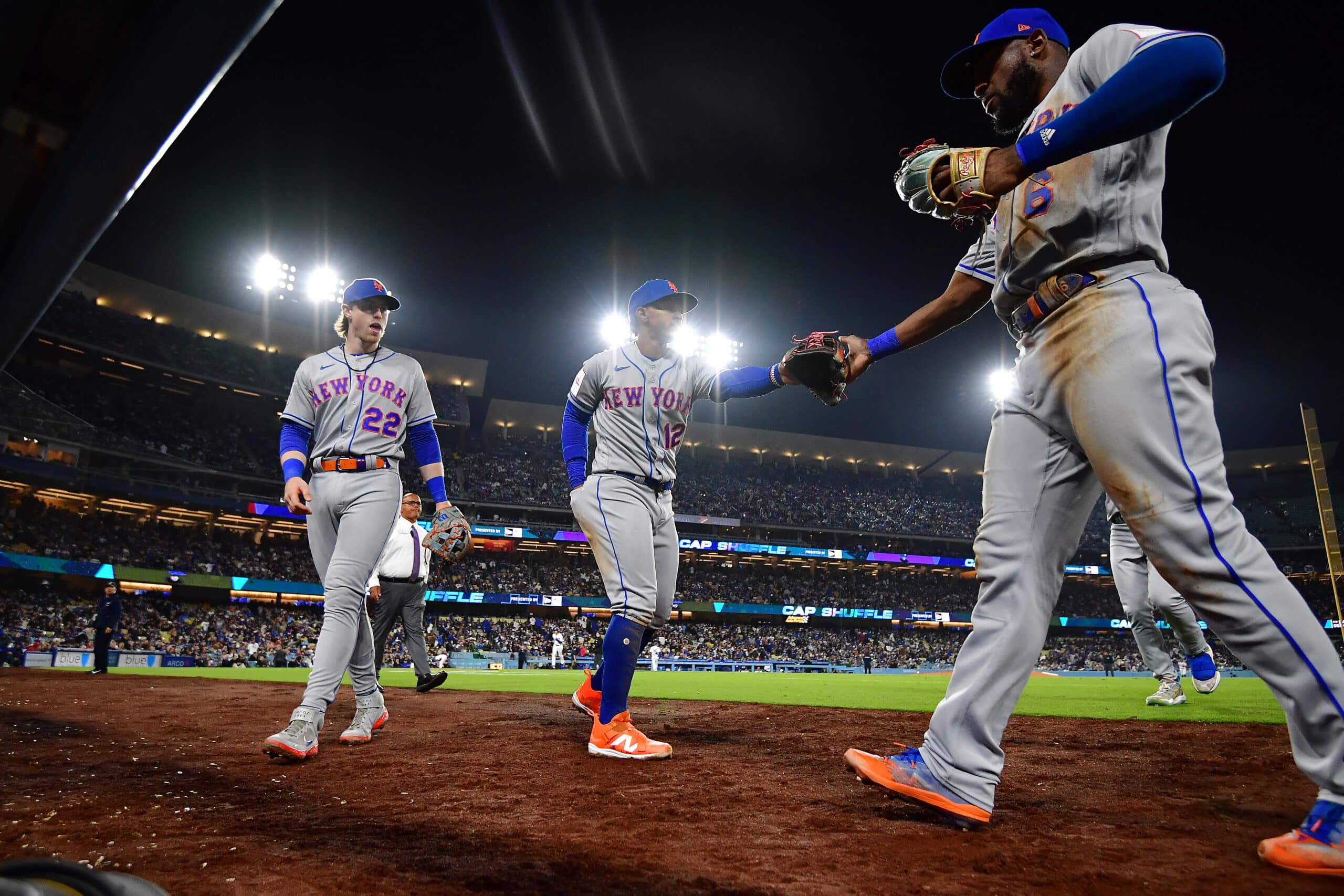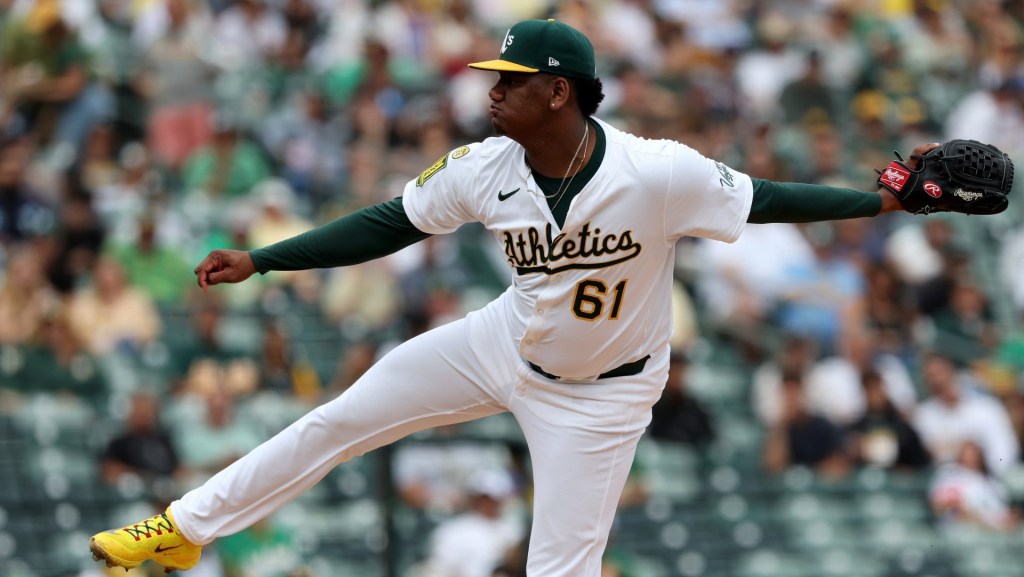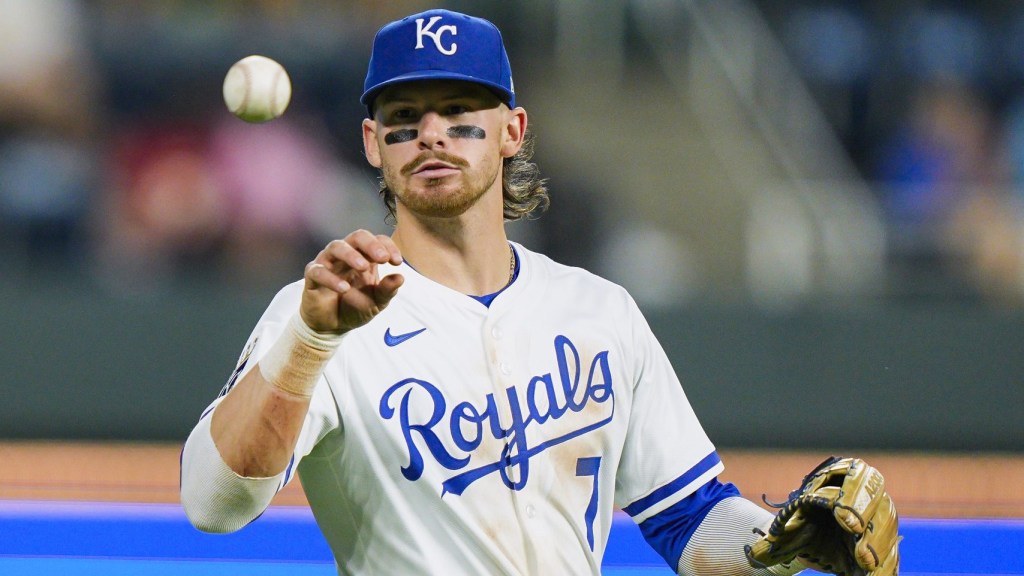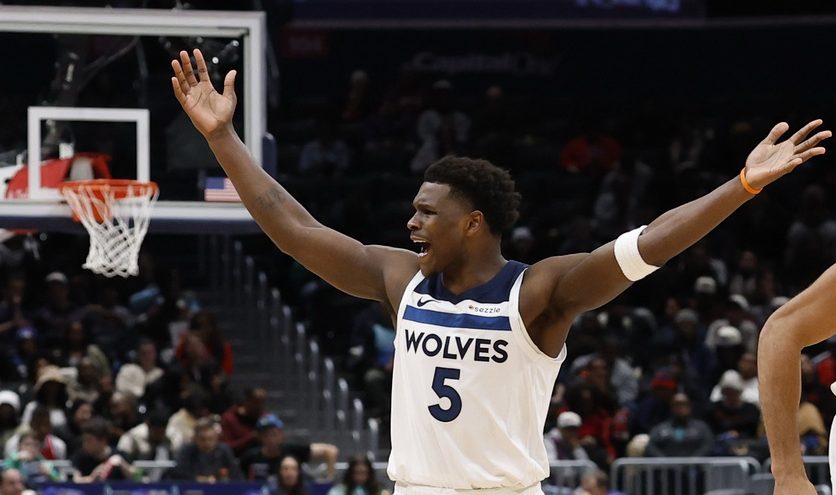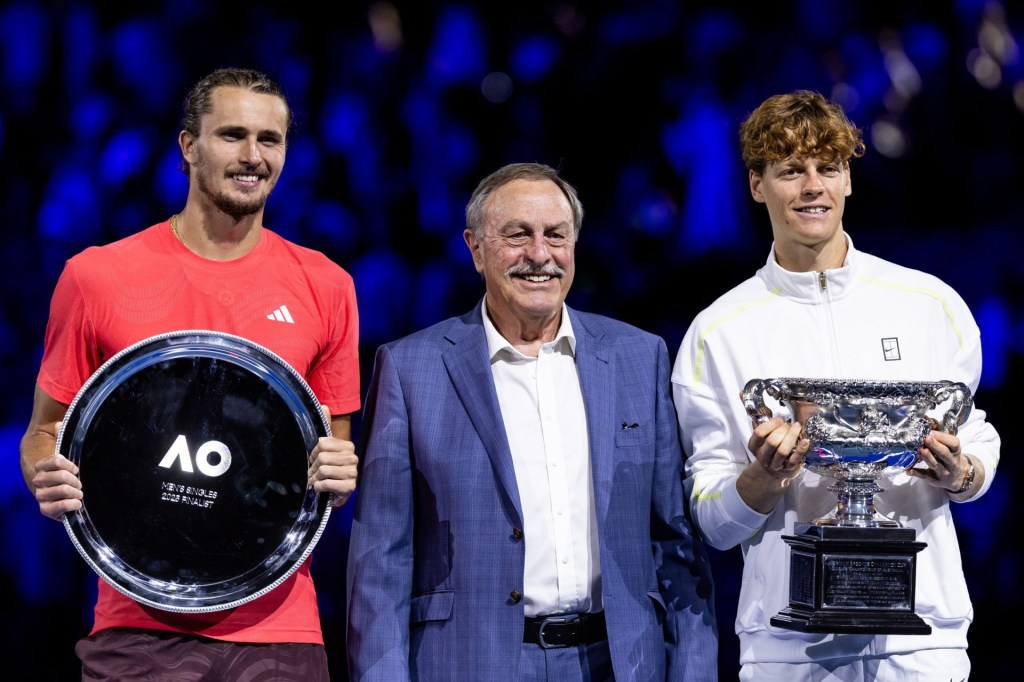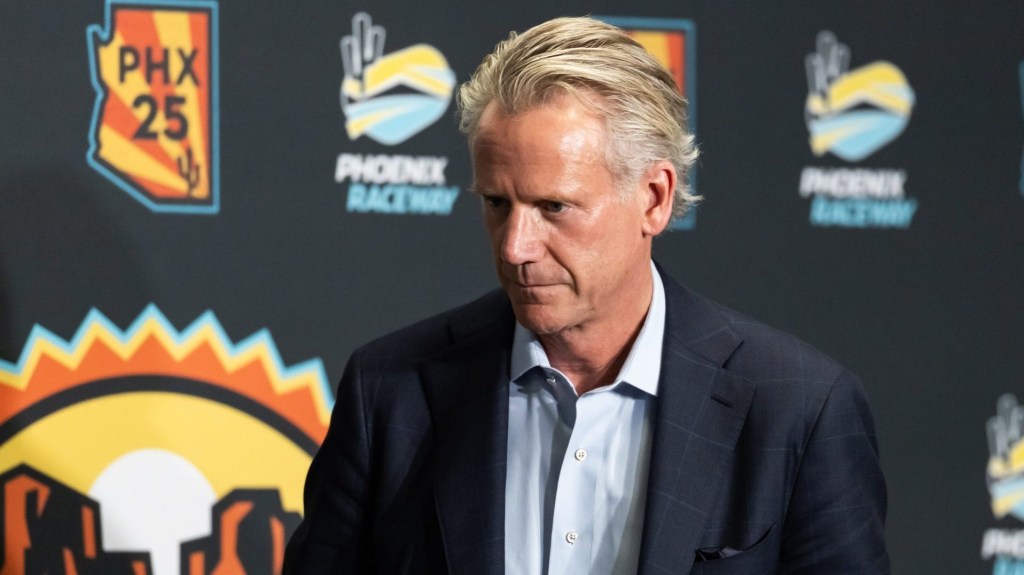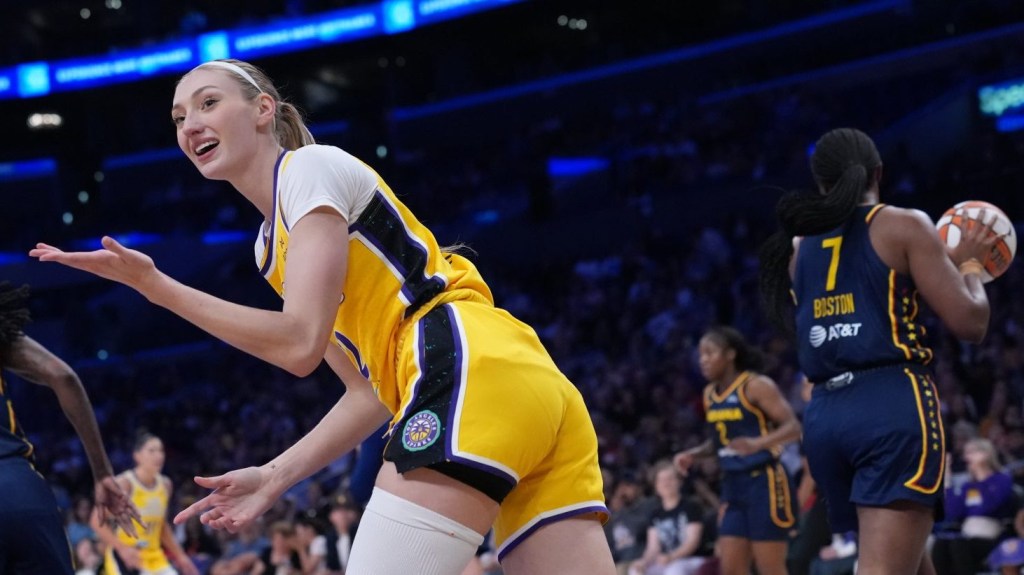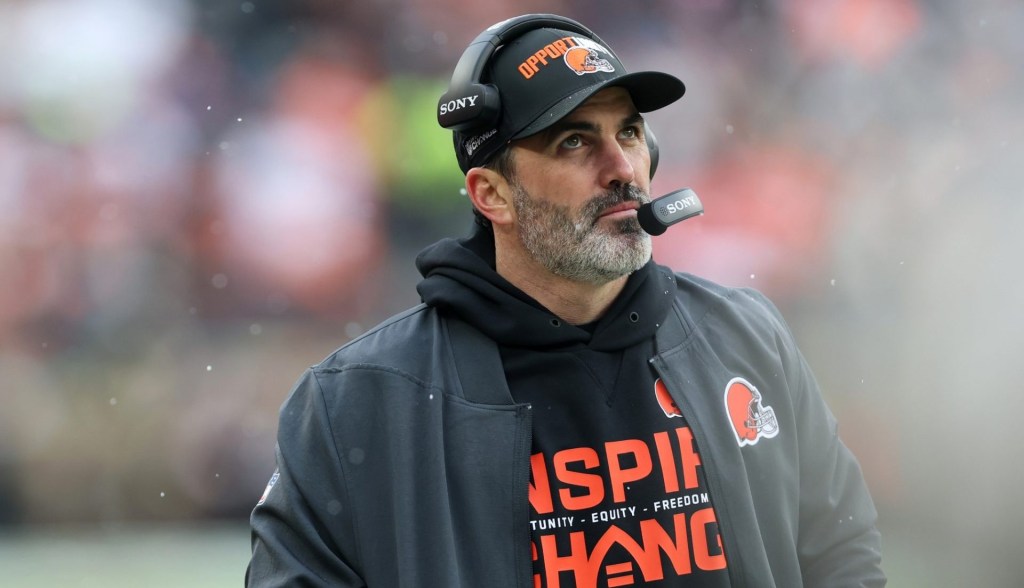Major League Baseball’s strategy to create a faster-paced, more action-packed sport seems to be paying off.
MLB instituted a pitch clock, rolled out bigger bases, and ended defensive shifts — and results have been positive in several key metrics.
As of April 26, MLB was averaging 26,753 fans per game, up 5% compared to last year, according to Forbes. Twenty of MLB’s 30 teams are up in attendance.
Through 12 home dates, the Los Angeles Dodgers lead at 48,418 per game, while the hapless Oakland A’s are dead last at 11,025.
Games are averaging two hours, 36 minutes in length compared to three hours and five minutes at the same point in the 2022 season.
The action on the field has picked up, too. Scoring is up to 9.1 runs per game compared to 8.2, and stolen bases are up to 1.4 per game from 0.9 — the highest average since 2000.
Again, it’s early. But TV viewership for MLB games on TBS is way up so far. Game telecasts are averaging 304,000 viewers vs. 187,000 last year. That’s a 63% increase. TBS is also posting big gains in several advertiser-coveted viewer categories, including adults 18-49 years old (+26%), adults 25-54 years old (+30%) and kids/teens 2-17 years old (+40%).
Based on the first month of the season, ESPN’s “Sunday Night Baseball” overall viewership is down.
But unlike last season, ESPN hasn’t had a New York Yankees, Boston Red Sox, or Dodgers game on its schedule. If you subtract an early Yankees-Red Sox game from last year, ESPN is up 11% overall and 30% in the advertiser-coveted 18-49-year old demo.
The Grand Old Game is allowing more experimentation, including in-game conversations with players on ESPN. Kyle Schwarber of the Philadelphia Phillies was mic’d up Sunday in a World Series rematch between the Philadelphia Phillies and Houston Astros.
Another innovative move being dusted off: ESPN is once again employing an “ump cam” for the first time since 2002 and is displaying the pitch clock once it hits 10 seconds.
